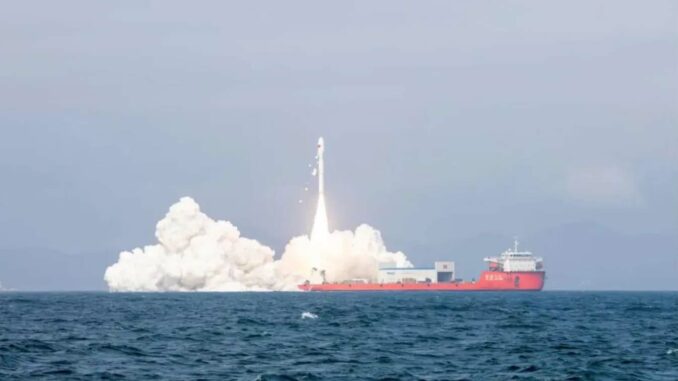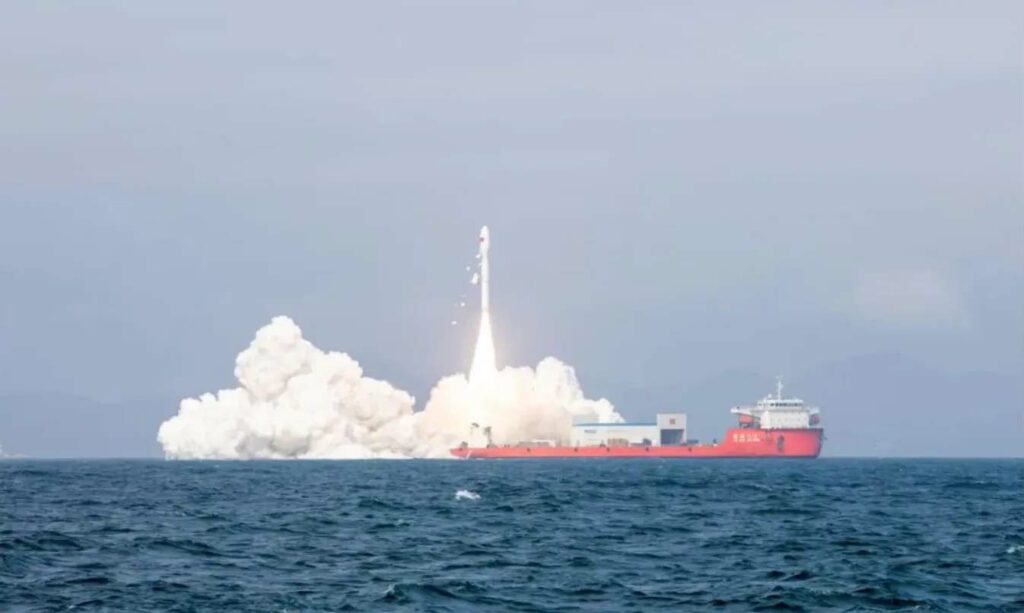
China launches 20 satellites via rockets from a land site and a sea platform, marking a significant advance in aerospace.
China expands its space horizon with dual launches
The global aerospace landscape has witnessed a remarkable breakthrough with the launch of 20 satellites by China, via two separate missions operated from land and sea. This development heralds a new era for China, consolidating its position as a major space power. The first launch saw a Long March 2C rocket take off from the Xichang Satellite Launch Center, sending 11 satellites into orbit for the space arm of Chinese carmaker Geely. These satellites, destined to form the “Geely Future Mobility Constellation”, aim to provide global real-time data communications and high-precision positioning services, with a planned total constellation of 240 satellites.
The second mission, carried out by a Jielong-3 rocket from a mobile maritime platform, put nine different satellites into orbit, including one for the Egyptian Space Agency, underlining the growing importance of international collaboration in space. These initiatives illustrate China’s ambition to develop advanced space technologies, including the use of artificial intelligence for image processing and laser communication between satellites.

Impacts and implications of recent Chinese space launches
China’s recent space launches open up promising horizons, but also pose challenges. On the positive side, these missions demonstrate technical innovation and a commitment to space exploration, contributing to the advancement of services such as autonomous navigation, intelligent connectivity and remote sensing. The focus on integrating artificial intelligence and laser communications between satellites promises to improve the accuracy and efficiency of space-based services.
However, the rapid expansion of China’s space presence raises questions about the management of space traffic and debris, as well as the geopolitical implications of increasing space capabilities. International cooperation, as illustrated by the launch of Egypt’s Nexsat-1 satellite, can serve as a model for addressing these challenges constructively.
The economic implications are also significant, with the possibility of stimulating innovation in the private sector and fostering new international collaborations. Nevertheless, competition for access to and use of space could intensify, requiring robust regulatory frameworks and international standards.
China has reached a new milestone in space exploration with the successful launch of 20 satellites, underlining its ambition and technological capability. This breakthrough promises substantial benefits, but requires continued attention to the global implications of space growth.
War Wings Daily is an independant magazine.